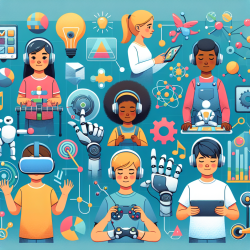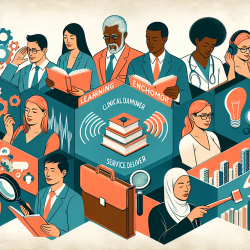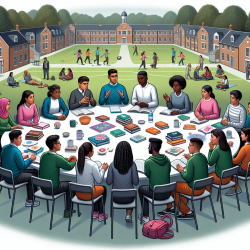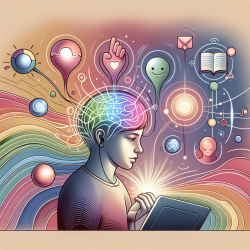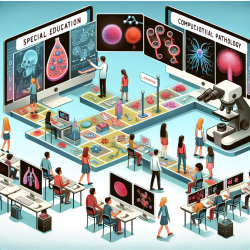In recent years, new technologies (NT) have become increasingly prevalent in occupational therapy (OT) interventions for children and adolescents with Autism Spectrum Disorder (ASD). A scoping review titled "Occupational Therapy Interventions Using New Technologies in Children and Adolescents with Autism Spectrum Disorder" offers valuable insights into the efficacy and application of these technologies. This blog will explore how practitioners can enhance their skills by implementing the outcomes of this research and encourage further exploration in this emerging field.
Understanding the Impact of New Technologies
The review analyzed 20 studies that investigated various OT interventions using NT in children and adolescents with ASD. The findings indicate that NT can significantly improve various aspects of life for children with ASD, including:
- Activities of Daily Living (ADLs)
- Social Skills
- Cognitive Skills
- Motor Skills
- Sensory Integration
Some of the most commonly used technologies include computers, iPads™, virtual environments, video modeling, and augmented reality. These tools provide a versatile and engaging way to support children with ASD in developing essential skills.
Practical Applications for Occupational Therapists
Here are some practical ways occupational therapists can incorporate new technologies into their interventions:
1. Use Computer-Based Interventions
Computers are highly versatile and can be used for various interventions. For example, virtual environments can help children practice real-life skills like street-crossing in a safe, controlled setting. Video modeling can aid in teaching social interactions and daily living skills through visual examples.
2. Integrate iPads™ into Therapy Sessions
iPads™ offer numerous apps designed to improve communication, social skills, and ADLs. For instance, the Proloquo2Go app can be used as a speech-generating device to help children with ASD develop language skills.
3. Explore Augmented Reality
Augmented reality can make therapy sessions more interactive and engaging. For example, using augmented reality to create self-facial modeling can help children with ASD recognize and express emotions more effectively.
4. Implement Assistive Robots
Robots can provide a unique and engaging way to teach various skills. Studies have shown that children with ASD may engage more with robots than with human instructors, making this a promising area for further exploration.
Encouraging Further Research
While the current research shows promising results, it also highlights the need for further studies. Many of the reviewed studies had small sample sizes or lacked control groups, making it difficult to generalize the findings. Occupational therapists are encouraged to conduct their research to build a more robust evidence base for the use of NT in OT interventions for children with ASD.
Conclusion
New technologies offer exciting opportunities to enhance occupational therapy interventions for children and adolescents with ASD. By incorporating these tools into their practice, occupational therapists can provide more engaging, effective, and personalized support to their clients. For those interested in diving deeper into this topic, the original research paper provides a comprehensive overview of the current state of NT in OT interventions.
To read the original research paper, please follow this link: Occupational Therapy Interventions Using New Technologies in Children and Adolescents with Autism Spectrum Disorder: A Scoping Review
